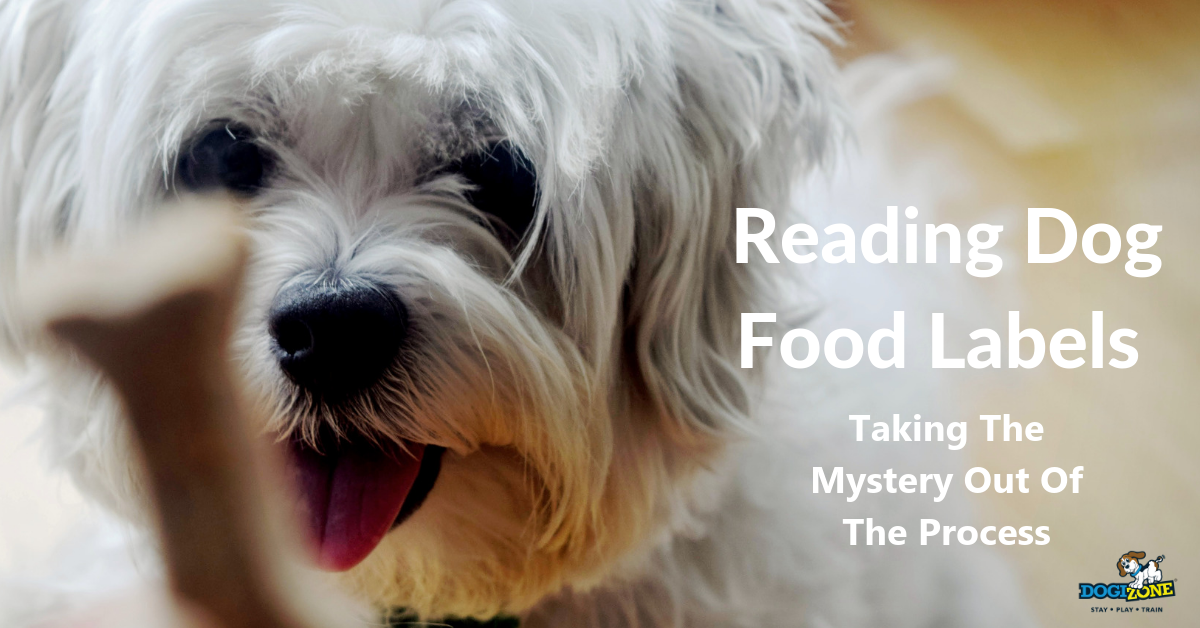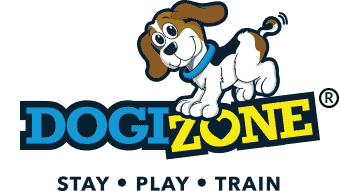Reading Dog Food Labels – Taking the Mystery Out Of the Process

Just like it is important to read the labels of the food purchase for yourself and your family, it is also important to become educated about what is in your dog’s food. As with human food, dog food labeling is required. Rules for dog food labeling and ingredients in dog food are regulated by the AAFCO or the Association of American Feed Control Officials as well as by the FDA and by specific laws in each state.
Reading these labels is not always easy. To understand how to best read a label, there are several important factors to consider. All pet food has to have a brand name, list the ingredients in descending order by weight, as well as provide a guaranteed analysis, which is the nutrients, (crude protein, fat, fiber, and moisture) contained in the food by percentage.
In addition, the label has to provide feeding directions (how much and how often to feed by the size of dog), information about the calories in the food as well as information about how to contact the manufacturer. This can be very helpful in comparing brands and choosing the highest nutritional value per serving.
Look at the Label
There are a lot of different terms used on dog food labels. Not all mean what many consumers think that they mean. To help to understand these terms used in the name of the dog food here is a basic breakdown:
- Organic – unlike human food, organic dog food is not regulated at this time. This means there is a variation between different manufacturers, but it has to meet the minimum USDA National Organic program standards. This means no artificial ingredients of any type, no use of growth hormones or antibiotics in any meats or any by-products from meat, as well as limited fillers or no fillers in the food.
- Human-grade – this dog food contains ingredients that meet the standards for use in human food products.
- Low calorie, low fat or light/lite – lower fat or calories than the standard food made by the manufacturer. The manufacturer must provide the difference on the label.
- Protein sources – sometimes called “new proteins” these foods include meats other than beef, chicken, and This can include exotic types of meat, such as bison, duck or rabbit, which may not be better for your dog.
In addition, in labeling a dog food using the specific protein source, such as Salmon, Beef or Chicken the product must contain at least 95% of that named ingredient. In other words, a product cannot be called Chicken For Dogs and be made up of less than 95% chicken, or at least 70% with water in the product.
Any type of food that uses a term to describe the protein source, such as “chicken dinner,” only has to contain 25% of the named ingredient. Anything that uses the term “with” only needs 3% and with the word flavor used, there is no minimum percentage, as long as it could be detected.
Ideally, look for dog foods with whole protein, and not the words “meal” or “by-product” at the top of the ingredient list. Check the feeding recommendations and also the guaranteed analysis to make sure the food contains the best amount of fiber, fat, protein, and water for your dog. Your vet can provide specific information on these requirements based on your dog’s overall health, age, and special considerations.
Comment on our social media pages. Facebook, Twitter & Instagram.

